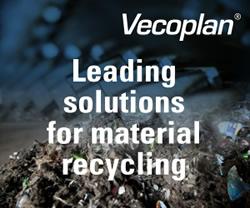Wildfires Cast a Cloud over West Coast Solar - Vaisala
World's largest tidal stream project unveiled in Scotland
U.S. Solar Market Adds More Than 2 GW in Q2 2016
Is solar power in nuclear disaster exclusion zones advisable?
Is Rent-to-Own Solar Power the Answer?
Wildfires and Solar Panels
PVinsights: Polysilicon Rout Sends Downstream Components Slumping
SPI 2016 - Array Technologies Leads in Proven Tracker Technology at SPI
Ballard Inks Fuel Cell Module Deal, Expanding into China's Guangxi Province
Edisun Microgrids Launches PV Booster™ Solar Tracker to Transform Economics of Commercial and Industrial Rooftops
Leading clean-energy nonprofit E4TheFuture hires two new directors
kWh Analytics Raises $5 Million Series A, Launches New Insurance-Backed Production Guarantee to Make Solar Bankable
Why large-scale wind power is so hard to build
Market entry Down Under: BayWa Group acquires Australian PV distributor Solarmatrix
Transparent solar panels are 50 times more productive than regular photovoltaics
Records 7861 to 7875 of 9985
First | Previous | Next | Last
Other Renewables - Featured Product

